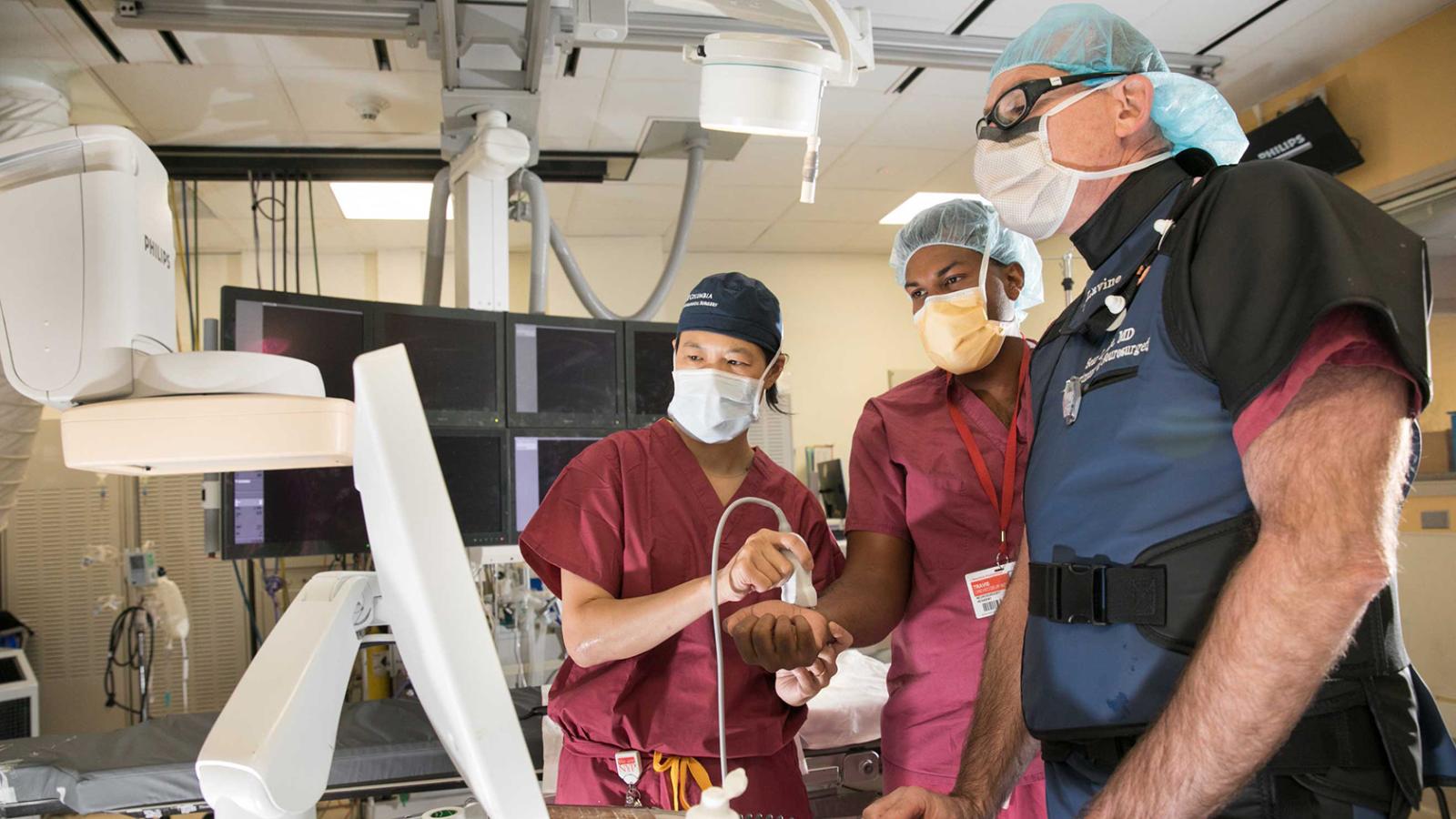The Translational Research Initiative
Accelerating fifty years of research into five

The Translational Research Initiative
The Department of Neurological Surgery at Columbia is launching a Translational Research Initiative.
A Need for More Brain Power
Our team currently has several translational projects. However, due to our high-volume clinical practice, our surgeons must lead in the operating rooms and spend time with patients for considerable portions of their day. Therefore, our initiative will employ a sublayer of exceptional talent - focusing on postdoctoral research scientists and multidisciplinary visionaries to collaborate with us and consolidate 50 years of research into FIVE.
Columbia Neurosurgery's Translational Research Initiative will also:
- Promote new biotech and medical device spinouts within this space
- Help build an enhanced life science network
- Create opportunities for early and mid-career talent across several areas
Project Spotlight: Spine Block
Integrating Nerve Blocks into Spine Surgery Associated with Perioperative Pain and Opioid Use
The anticipated pain related to the immediate postoperative period following spine surgery is among the greatest concerns expressed by patients. At NewYork-Presbyterian/
To address the problem of pain control in the perioperative period the team is developing the x-ray-guided dorsal ramus block (XDRB), a local anesthetic injection that could be delivered by spine surgeons immediately prior to lumbosacral spine surgery.
“We insert a spinal needle just lateral to the midline, essentially where the transverse process meets the facet joint, and inject the bupivacaine into that region at multiple levels so that multiple levels of the spine are blocked,” explains Dr. Joiner.

Learn more on the team's latest research via NYP Advances







